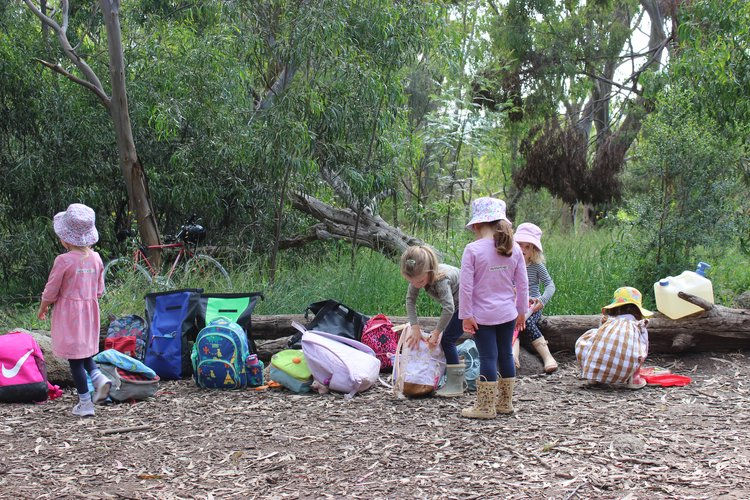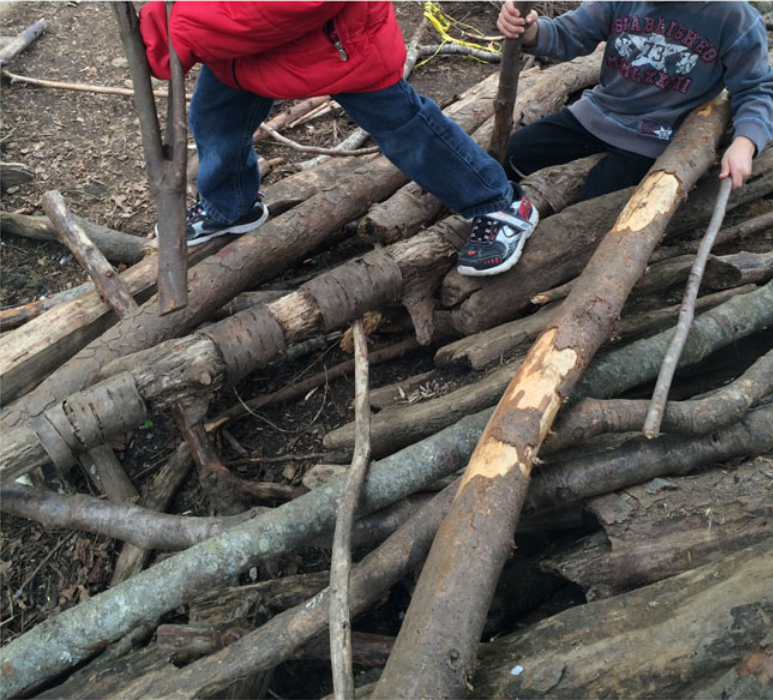Conclusion - Implementation strategies and considerations for Educational Designers
- celesteanndesigns
- Oct 3, 2022
- 2 min read
Educational Designers considering implementing a Nature Based Learning pedagogy may want to leverage its motivating characteristics but should first consider the learners and teachers they are designing for, and how to account for the challenges of weather, perceived hazards, inclusivity and in some cases integration with technology.
For what purpose might an Educational Designer consider the use of Nature Based Learning for preschoolers? NBL could be used as a tool for increasing intrinsic motivation (Campbell and Speldewinde, 2019; Miller et al., 2020), or to boost learner engagement (Herrington & Brussoni, 2015; Miller et al., 2020) and attention (Largo-Wight et al., 2018; Ulset et al., 2017; Mårtensson et al., 2009). It can be used to cover any topic of curriculum, you are not limited to using it for curriculum about nature or environmental issues (Miller et al., 2020) and can implement it for learning outcomes involving knowledge, skills, or values (Jordon & Chawla, 2019).
Communicating with educators to support them in their role and explain the reasoning behind design choices and the benefits of NBL can help overcome the challenge of resistance due to weather or perceived hazards of NBL (Kandemir & Sevimli-Celik, 2021; Coe, 2016). This could communication could be incorporated into a design, and additionally, designers could consider whether NBL specific training is needed for teachers.
Further research is needed on how NBL affects learners of socioeconomical disadvantage, with special needs, with a historic relationship with nature grounded in cultural or ethnic background or based on gender (Jordon & Chawla, 2019). Understanding this, Educational Designers may need to take extra care to monitor that all learners are benefiting from the design and that it is inclusive, adopting an iterative approach to make improvements where necessary.
One question that Educational Designers may consider is how NBL could be used for e-learning, for example, could this have been, or was this, implemented for children during isolation in the pandemic to increase engagement and aid working memory? Jordan and Chawla (2019) pose a similar question, asking whether technology can simulate, augment or mediate NBL in a way that is beneficial to learning.
References
Campbell, C., & Speldewinde, C. (2019). Bush kinder in Australia: A new learning ‘place’ and its effect on local policy. Policy Futures in Education, 17(4), 541–559. https://doi.org/10.1177/1478210317753028
Coe, H.A. (2016). Embracing risk in the Canadian woodlands: Four children’s risky play and risk-taking experiences in a Canadian Forest Kindergarten. Journal of Early Childhood Research, 15(4), 374–388 https://doi.org/10.1177/1476718X15614042
Herrington, S. & Brussoni, M. (2015). Beyond Physical Activity: The Importance of Play and Nature-Based Play Spaces for Children’s Health and Development. Economy and Environment, 4, 477–483. https://doi.org/10.1007/s13679-015-0179-2
Jordan, C. & Chawla, L. (2019). A Coordinated Research Agenda for Nature-Based Learning. Frontiers in Psychology, 10(766). https://doi.org/10.3389/fpsyg.2019.00766
Kandemir, M. & Sevimli-Celik, S. (2021). No muddy shoes, no dirty clothes! examining the views of teachers and parents regarding children’s outdoor play and learning, Journal of Adventure Education and Outdoor Learning, https://doi.org/10.1080/14729679.2021.2011339
Largo-Wight, E., Guardino, C., Wludyka, P.S., Hall, K.W., Wight, J.T. & Merten, J.W. (2018). Nature contact at school: The impact of an outdoor classroom on children’s well-being. International Journal of Environmental Health Research, 28(6), 653–666. https://doi.org/10.1080/09603123.2018.1502415
Miller, N., Kumar, S. & Pearce, K. (2020). The outcomes of nature-based learning for primary school aged children: a systematic review of quantitative research. Environmental Education Research, 27(8), 1115–1140. https://doi.org/10.1080/13504622.2021.1921117



Comments